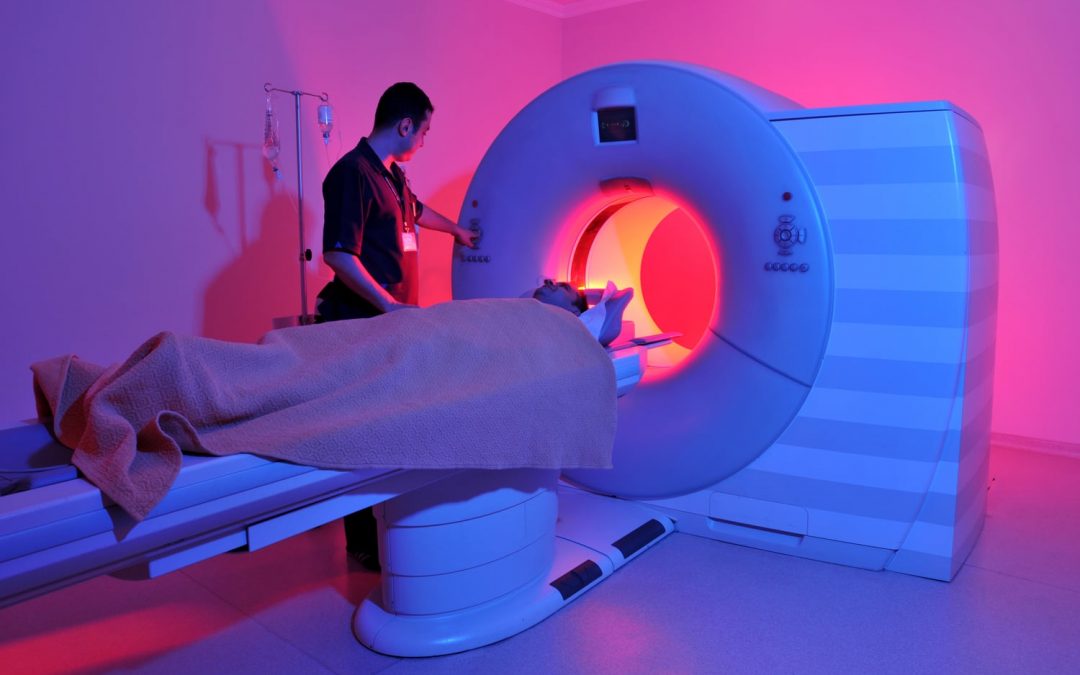In 1990, then U.S. President George W. Bush designated the last ten years of the 20th Century as The Decade Of The Brain. The intent of this initiative was to devote significant research funds to the exploration of the inner workings of the brain and to raise public awareness about the potential benefits to be derived.
Relying on newly developed imaging technology – notably magnetic resonance imaging (MRI’s) and Positron Emission Tomography Scans (PETScans) – scientists began to unravel the mysteries and misconceptions surrounding difficult to treat chronic mental illnesses, particularly schizophrenia. One important discovery was that schizophrenia is caused by genetic rather than social factors, i.e., more nature than nurture, the opposite of a belief that had prevailed for decades among mental health providers.
In 1998, as the end of the Decade Of The Brain was approaching, the National Institute of Mental Health (NIMH) hosted an informational breakfast meeting for members of the U.S. Congress that detailed many of the key breakthroughs their funding had enabled. Dr. Steven Hyman, then Director of NIMH, summarized the importance of the new perspective on the nature of schizophrenia.
“One day we will understand what happens to a brain that accounts for this illness, and we will be able to characterize the risk that is genetically predetermined. Such information is certain to translate into actual prevention and certainly to improved treatment and rehabilitation.”
Two decades years later similarly critical breakthroughs continue.
Recently a team of researchers at Stanford University, headed by Dr. Karl Deisseroth identified what happens in the brain that may cause dissociation, a complex mental state in which people feel disconnected from their bodies and the real world. Dissociation occurs with several different mental conditions, including epilepsy, PTSD and Borderline Personality Disorder.
Using the latest versions of MRI’s and PETScans, Deisseroth’s team revealed the molecular and brain-circuit dynamics in a particular protein in a specific set of cells that appears to be critical to the onset of dissociation.
Not unlike the results from the myriad studies conducted during the Decade Of The Brain, this recent discovery about the workings of the brain will hopefully lead to better targeted therapies for the treatment and prevention of dissociation.
Here’s the press release from Stanford Medical
Signup for BPD Updates
[wpforms id=”27400″ title=”false” description=”false”]



